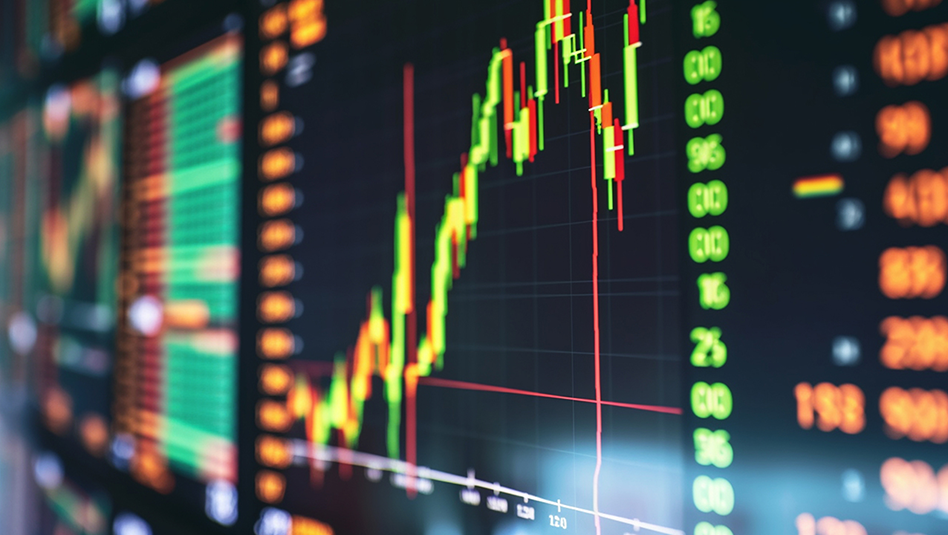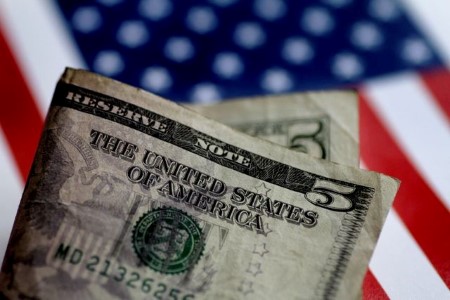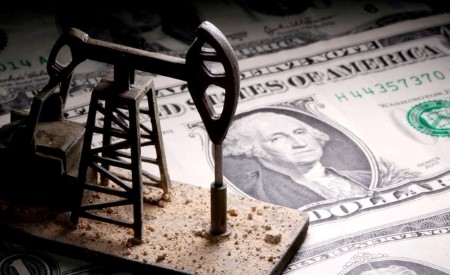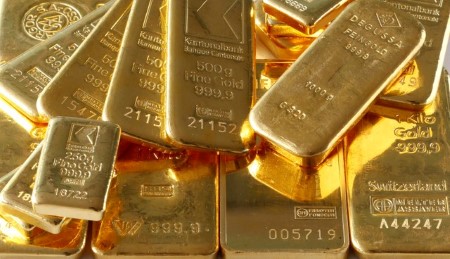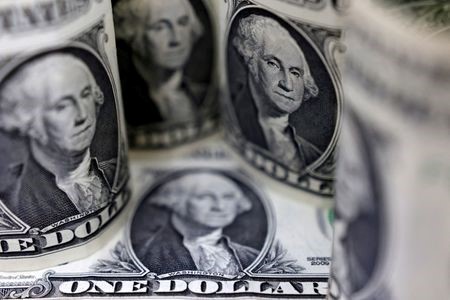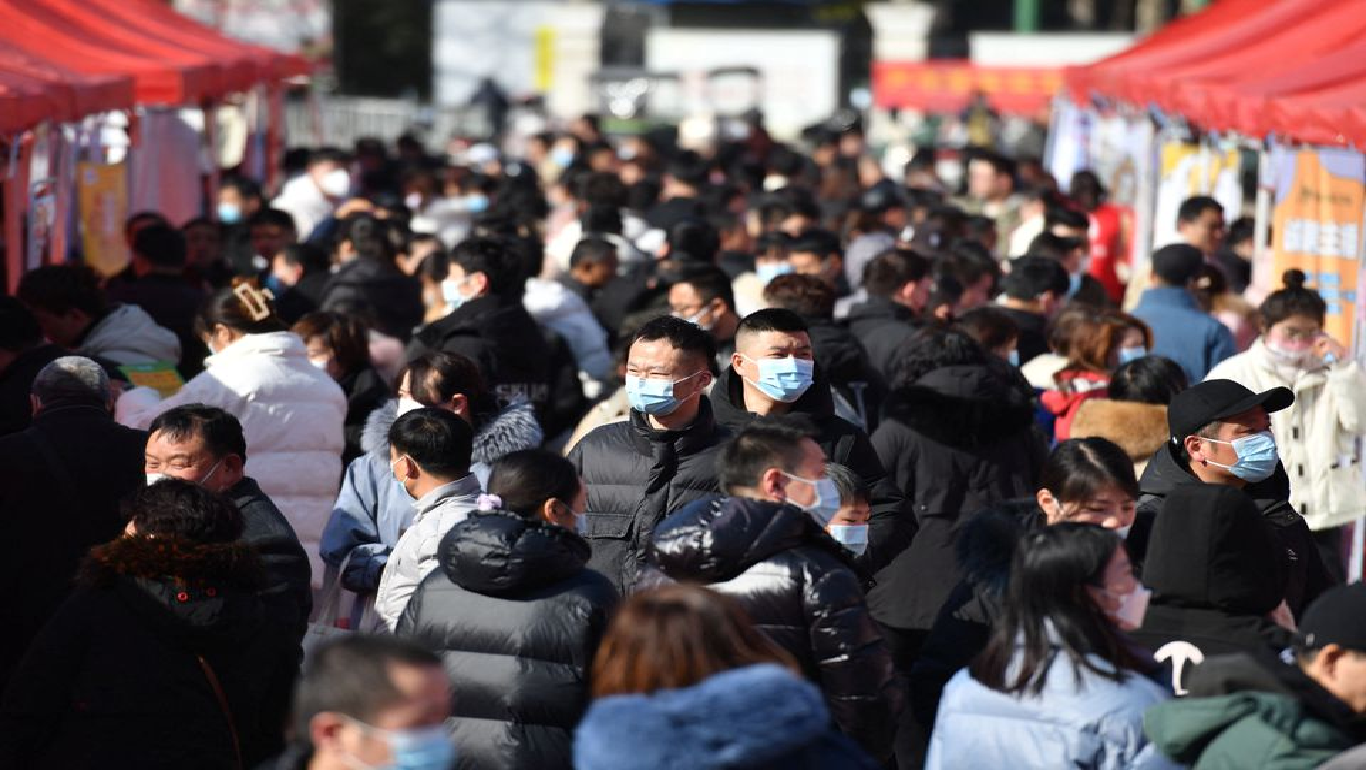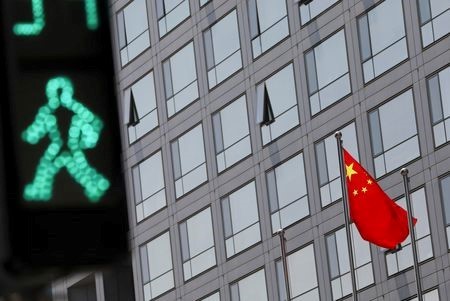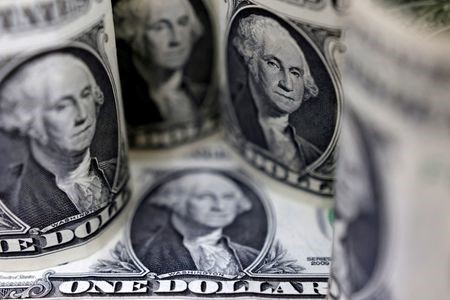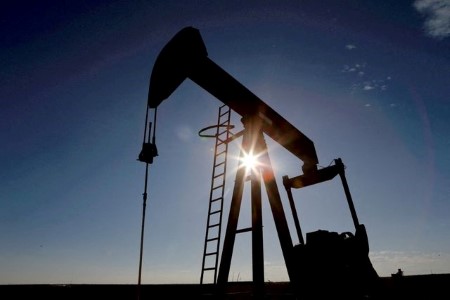NEW YORK, Feb 6 (Reuters) – Benchmark 10-year US Treasury yields hit four-week highs on Monday after a blowout employment number raised expectations that the Federal Reserve’s interest rate hikes will not end with a hard economic landing, and that the US central bank may have more than one more rate increase left.
Employers added 517,000 jobs in January, while the unemployment rate hit 3.4%, its lowest reading for more than 53 years, the government reported on Friday.
Other data on Friday showed that US services industry activity rebounded strongly in January, with new orders recovering and prices paid by businesses for materials continuing to rise at a moderate pace.
“That was a big rebound (in ISM) that took away some of the fears of December weakness,” said Jim Vogel, a senior rate strategist at FHN Financial in Memphis, Tennessee. Meanwhile, investors are looking at the jobs report and, seeing a “nice improvement in January,” have “turned it into inflation that we’re going to see soon,” Vogel said.
Average hourly earnings increased 0.3% last month after gaining 0.4% in December. That lowered the year-on-year increase in wages to 4.4%, the smallest rise since August 2021, from 4.8% in December. But wage growth was revised upward for 2022, suggesting a more moderate pace of cooling than previously thought.
Benchmark 10-year yields rose as high as 3.644%, the highest since Jan. 6, and are up from a low of 3.333% on Thursday before the data. Two-year yields reached 4.468%, also the highest since Jan. 6.
The 10-year yields have fallen from a 15-year high of 4.338% on Oct. 21 on expectations that Fed tightening will lead to a recession this year.
The yield curve between two-year and 10-year notes inverted further to minus 82 basis points, reflecting concerns about an imminent downturn.
EXPECTATIONS REVISED
Traders ramped up bets on rate cuts in the second half of this year after Fed Chairman Jerome Powell seemed unconcerned about loosening financial conditions and cited progress in bringing down inflation after the Fed’s meeting on Wednesday, when it raised rates by another 25 basis points.
But Friday’s data led to a repricing in these expectations. Fed funds futures traders now see rates rising above 5% in May and dropping to only 4.79% by December. On Thursday, traders had expected the rate to peak at 4.88% in June, and then fall to 4.40% by December.
Powell is due to speak on Tuesday, and investors will be watching for any signs that he is adopting a more hawkish outlook after Friday’s data.
Some banks are also readjusting their Fed forecasts in light on last week’s events.
“Chair Powell did not push back against market pricing for near-term monetary policy, nor the recent easing in financial conditions. Despite Powell’s dovish tone, front-end yields finished the week higher after Friday’s surprisingly strong labor market report. Hence, we’re adding an additional 25bp hike to our forecast and now see the Fed funds target range peaking in May at 5-5.25%,” JPMorgan analysts said in a report.
The next major US economic release that may sway Fed policy will be consumer price data for January due on Feb. 14.
An analysis published Monday by the San Francisco Fed, meanwhile, found that US stocks may fall further, and bond yields rise, as the Fed continues its current round of rate hikes in coming months.
The Treasury Department will sell USD 96 billion in coupon-bearing supply this week, including USD 40 billion in three-year notes on Tuesday, USD 35 billion in 10-year notes on Wednesday and USD 21 billion in 30-year bonds on Thursday.
(Reporting by Karen Brettell; Editing by Kevin Liffey and Jonathan Oatis)







 DOWNLOAD
DOWNLOAD

